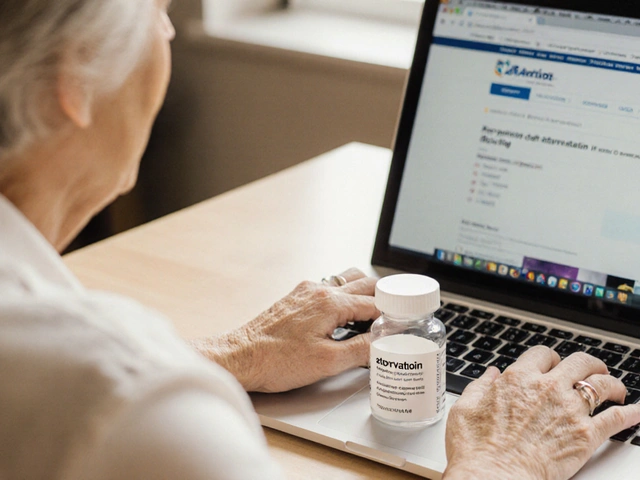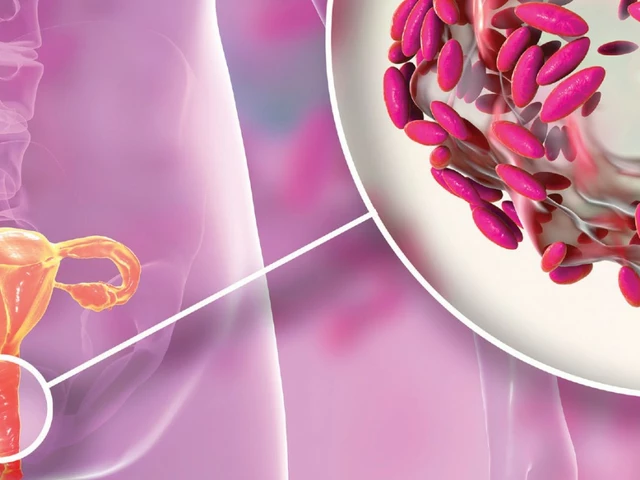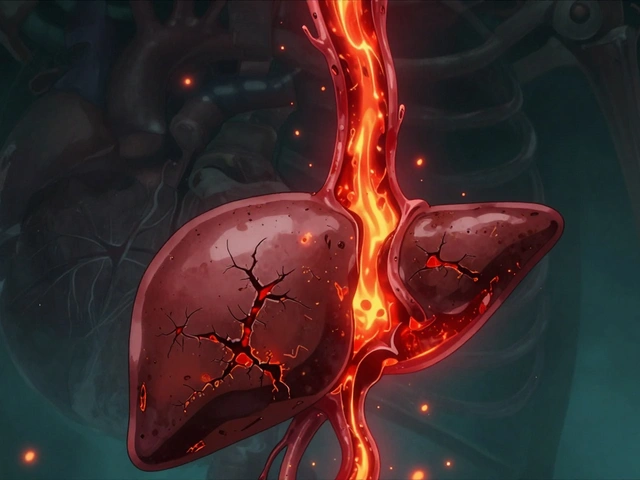Dermatology: Practical Guides for Itching, Acne & Autoimmune Skin Care
Itchy skin, stubborn acne, or flares from an autoimmune condition can mess with your life. You don’t always need a complicated plan—often clear choices and simple steps make the biggest difference. Below I’ll walk you through real, usable options for itching relief, acne alternatives, and how triamcinolone fits in without the fluff.
Smart choices for itching relief (beyond hydroxyzine)
If hydroxyzine made you drowsy or didn’t work, there are solid alternatives. For daily allergy-related itch, non-sedating oral antihistamines like cetirizine, loratadine, or fexofenadine work well and won’t knock you out. For chronic or neuropathic itch, some doctors use low-dose doxepin or gabapentin—these are prescription options, so discuss risks and dosing.
Topicals are often overlooked. A mid-potency steroid cream for short stretches reduces inflammation fast. Non-steroid options include topical calcineurin inhibitors (tacrolimus, pimecrolimus) for sensitive areas like the face or groin. Emollients that restore the skin barrier (fragrance-free moisturizers, ceramide creams) cut down itch long-term. For immediate relief at home, cool compresses, menthol 1% lotions, and wet-wrap therapy can calm flares quickly.
Alternatives to Isotroin for acne
Isotroin (isotretinoin) is powerful, but it’s not the only route to clear skin. For mild to moderate acne start with topical retinoids (adapalene, tretinoin) combined with benzoyl peroxide. Azelaic acid is a good option if you want something gentler that also helps with post-inflammatory redness.
For inflammatory acne, oral antibiotics like doxycycline or minocycline can help short-term. Women often get great results from hormonal options—combined birth control pills or spironolactone reduce breakouts by lowering androgen effects. If you prefer procedural choices, consider chemical peels, light/laser treatments, or photodynamic therapy; these work best when paired with a topical routine.
Triamcinolone: where it fits and what to watch for
Triamcinolone is a steroid that reduces redness and swelling fast. You’ll see it as creams, ointments, injections, and sometimes as a dental paste. Topical triamcinolone is useful for eczema, dermatitis, and some autoimmune rashes. Injections help stubborn nodules or keloids. But use it short-term and sparingly: common side effects include skin thinning, stretch marks, and pigment changes. If you need long-term control, ask your dermatologist about steroid-sparing options like topical calcineurin inhibitors or systemic therapies.
When to see a dermatologist? If your rash spreads quickly, doesn’t respond to over-the-counter treatments, or affects sleep and daily life, get professional help. Bring a list of current products and symptoms and be ready to discuss past treatments. A targeted plan—often a mix of topical care, medication, and lifestyle tweaks—usually gets you back on track faster than trial-and-error.
Want practical next steps? Start with a gentle cleanser, a fragrance-free moisturizer, and sun protection. For specific issues—itching, acne, or autoimmune flares—choose the options above and talk to your clinician about risks, especially with systemic drugs. Small, consistent changes beat aggressive short-term fixes every time.
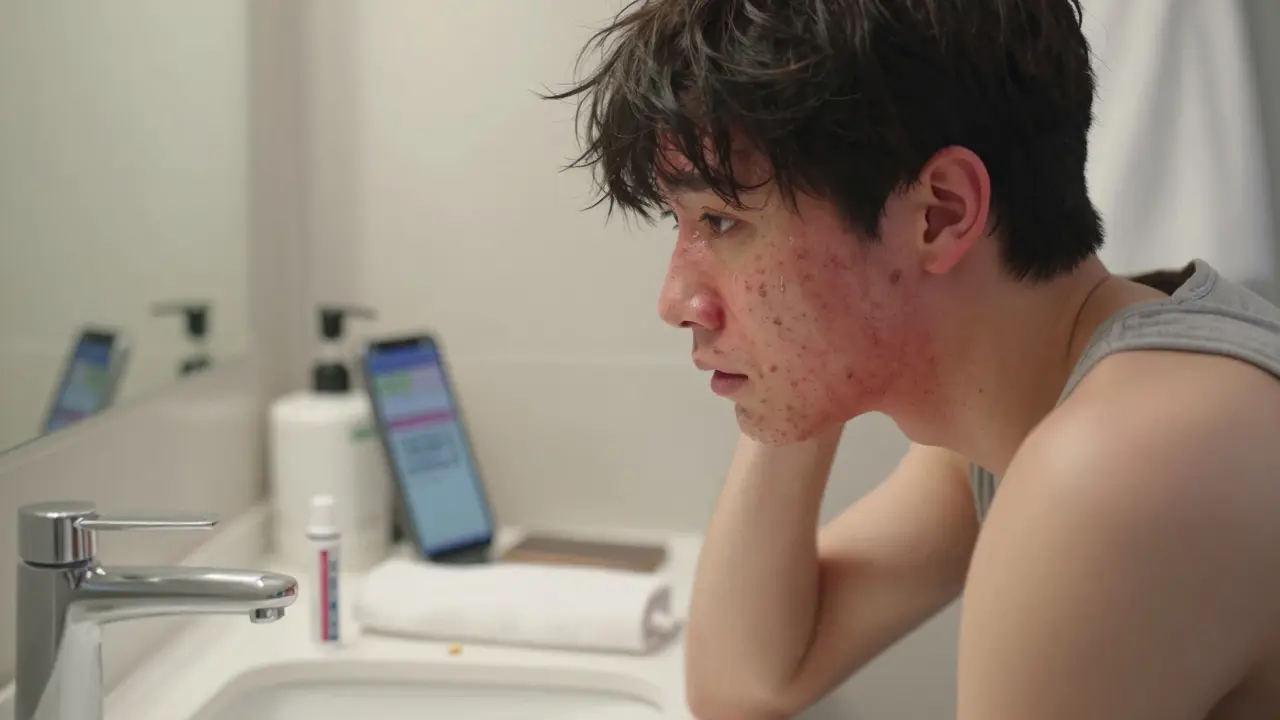
Isotretinoin for Severe Acne: Safety, Lab Tests, and Real Results
Isotretinoin is the most effective treatment for severe cystic acne, with 80% of patients achieving long-term clearance. Learn about lab monitoring, dosing options, side effects, and real patient results.
Detail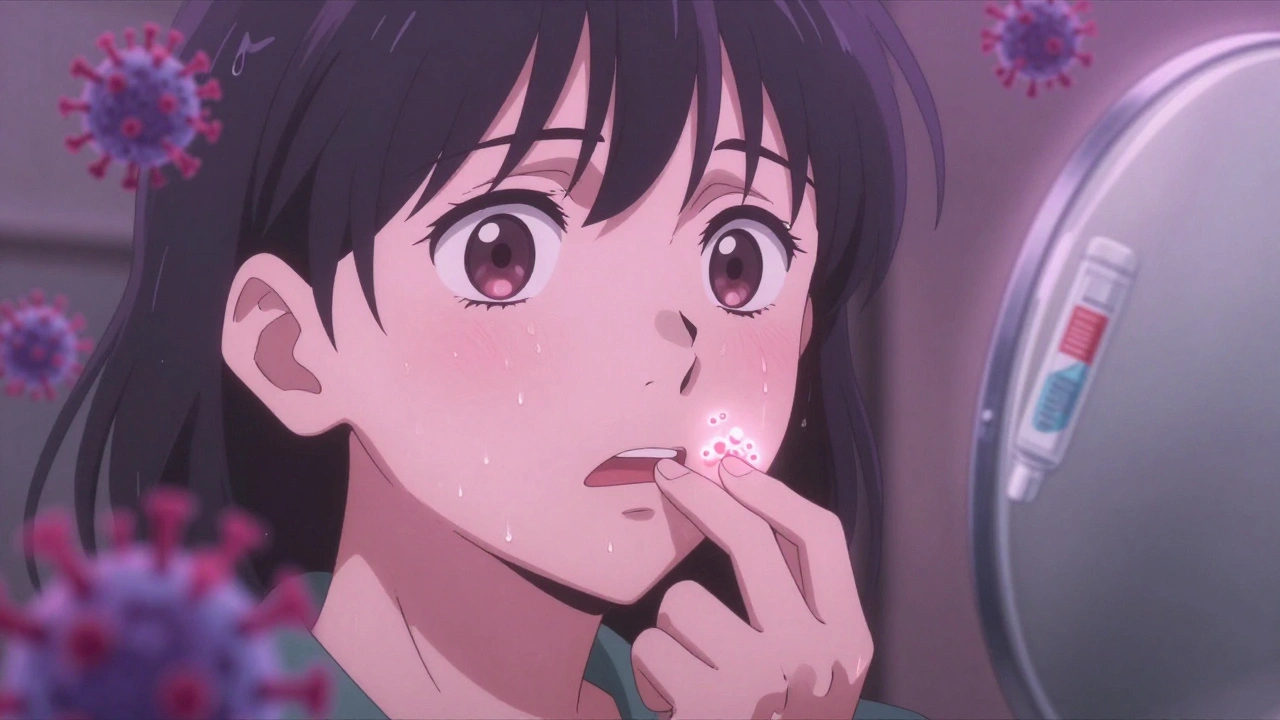
Cold Sores vs. Pimples: How to Tell Them Apart and Treat Each Correctly
Cold sores and pimples look similar but are totally different. Cold sores are viral, contagious, and start with tingling. Pimples are blocked pores, not contagious. Learn how to tell them apart and treat each correctly to heal faster and avoid spreading infection.
Detail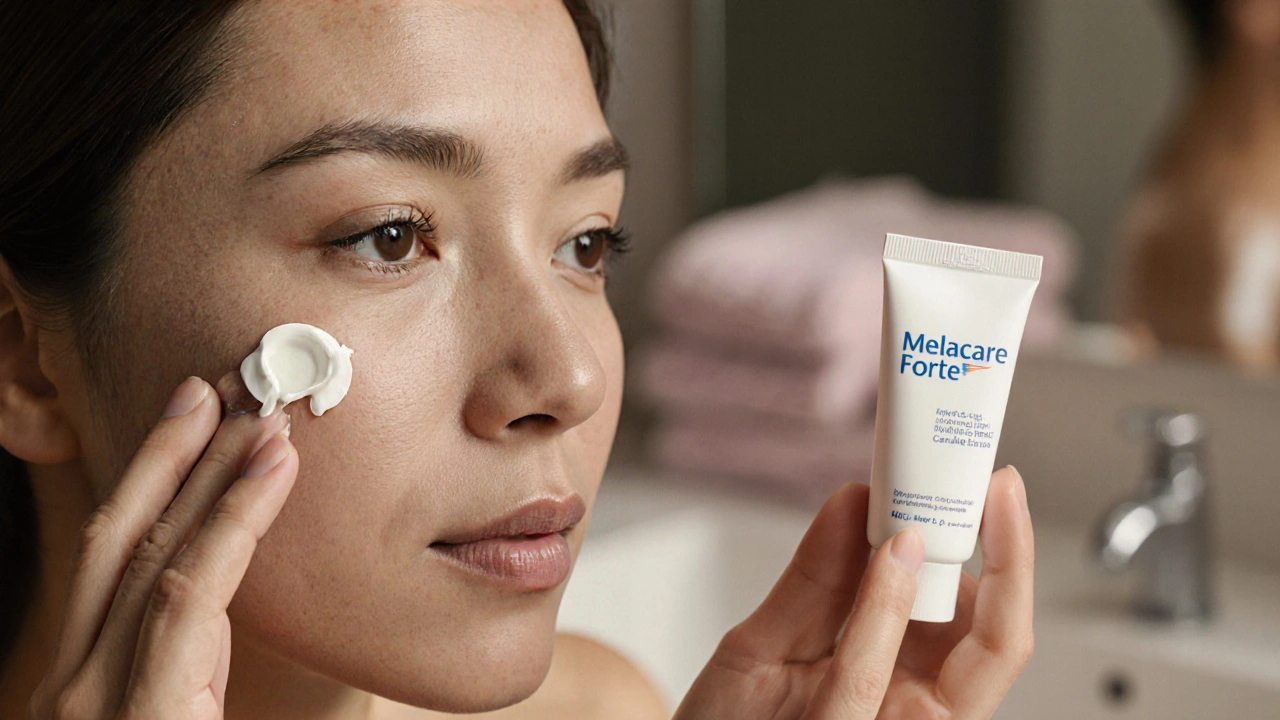
Melacare Forte Cream vs Top Hyperpigmentation Alternatives: Full Comparison
Discover how Melacare Forte Cream compares to leading hyperpigmentation alternatives, covering ingredients, efficacy, side effects, pricing, and tips for choosing the right skin‑lightening solution.
Detail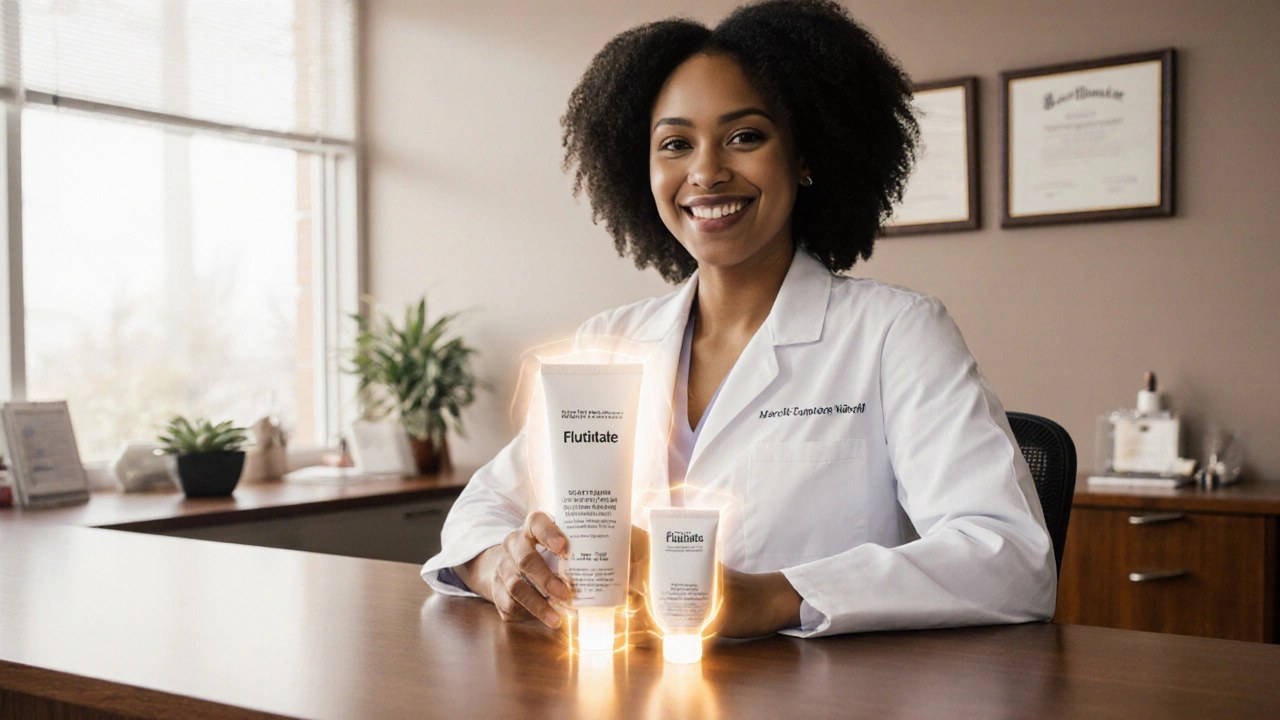
Flutivate Skin Cream vs. Topical Steroid Alternatives: Detailed Comparison
Explore how Flutivate skin cream (fluticasone) measures up against popular corticosteroid and non‑steroid alternatives, with potency, safety, and usage guidance.
Detail
Dermatology-Recommended Hydroxyzine Alternatives for Itching Relief: Meds & Creams Explained
Discover dermatologist-approved hydroxyzine alternatives for itching relief, including oral meds, topical creams, and non-drug options. Expert facts and tips.
Detail
Exploring Effective Alternatives to Isotroin for Acne Treatment
Isotroin is a well-known treatment for acne, but not everyone can use it due to side effects or personal preferences. This article delves into nine effective alternatives that patients might consider, ranging from topical solutions like retinoids and azelaic acid to advanced procedures like laser treatments and photodynamic therapy. Each option is broken down to highlight its pros and cons, helping readers make informed decisions for their skincare needs.
Detail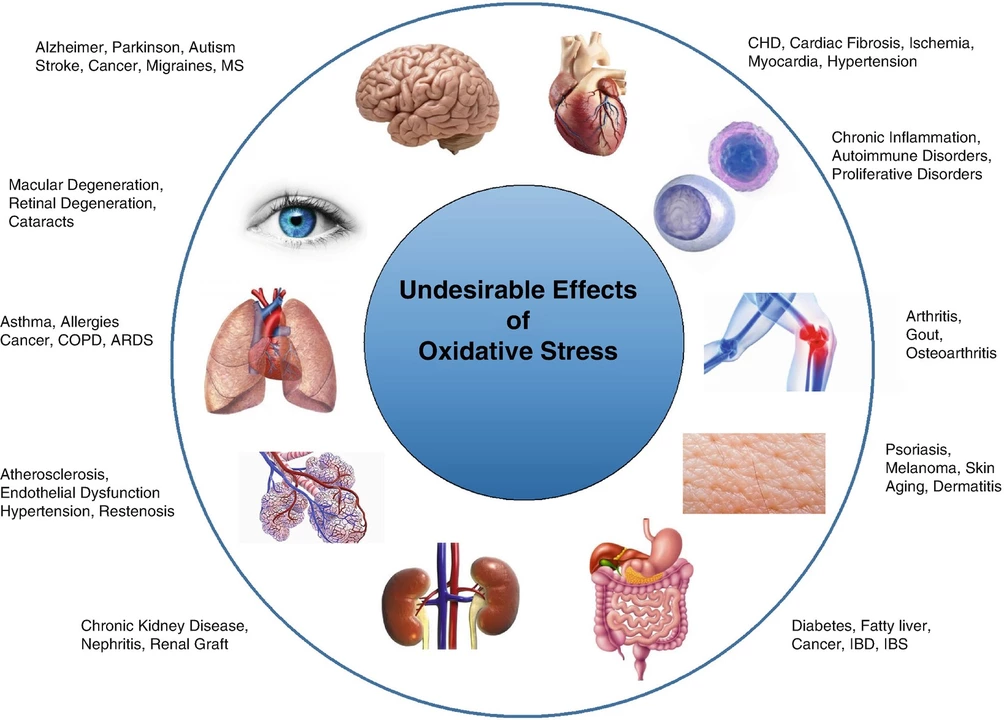
The Role of Triamcinolone in Managing Autoimmune Skin Conditions
In my latest blog post, I discussed the significant role Triamcinolone plays in managing autoimmune skin conditions. This powerful corticosteroid helps to reduce inflammation, itching, and redness, providing relief for those suffering from disorders like eczema and psoriasis. I also highlighted the various forms it comes in, such as creams, ointments, and even injections for more severe cases. Additionally, I touched on potential side effects and the importance of following a doctor's guidance when using this medication. Overall, Triamcinolone has proven to be a valuable tool in the battle against autoimmune skin conditions, helping many people regain control over their symptoms.
Detail

